TD4 CPU
Here is a schematic from the Internet:

(source: http://kamakurium.com/wp-content/uploads/2016/01/cpu_td4.jpg)
The entire CPU has only 12 TTL chips. Yes it has a switch based ROM! The schematic also shows the 12 OpCodes. It is not perfect, you cannot add the two main registers together and it cannot access any RAM. The author is Iku Watanabe, his book is available from Amazon but it is in Japanese:

I like most of the design but I want to map the full 16 OpCodes and make room for an address register. Yes I want to access some RAM.
Flashing LEDs
Most of the units have lots of LEDs that really add to the special effects when it is running:

(source: http://img.makebooth.com/b21065f903ae8f138b1b21cd28bcbef5,jpeg)
One guy even build a relay version:

(source: http://www.geocities.jp/team_zero_three/TD4/td4r_ldb_imm_.jpg)
AlanX
 agp.cooper
agp.cooper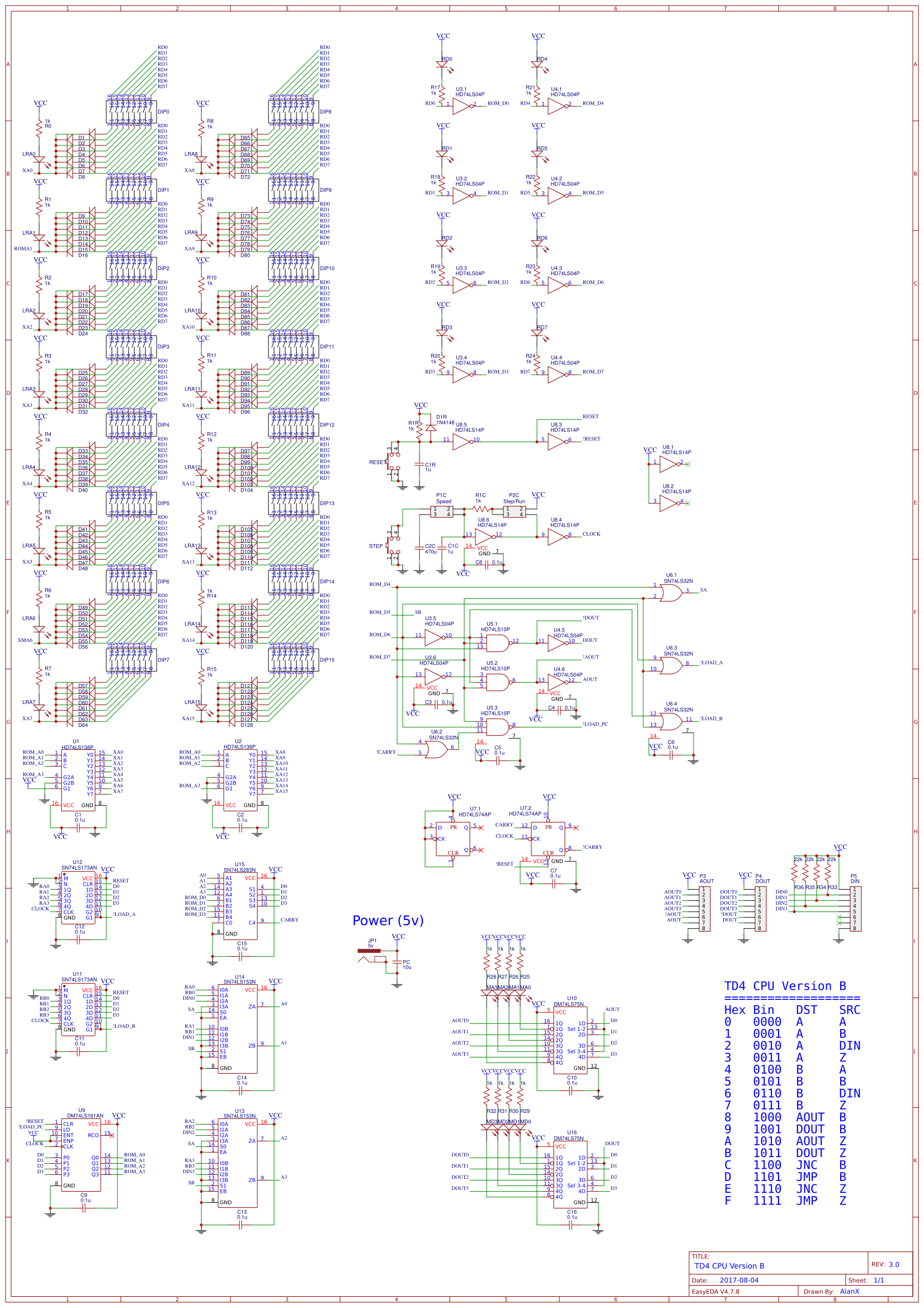
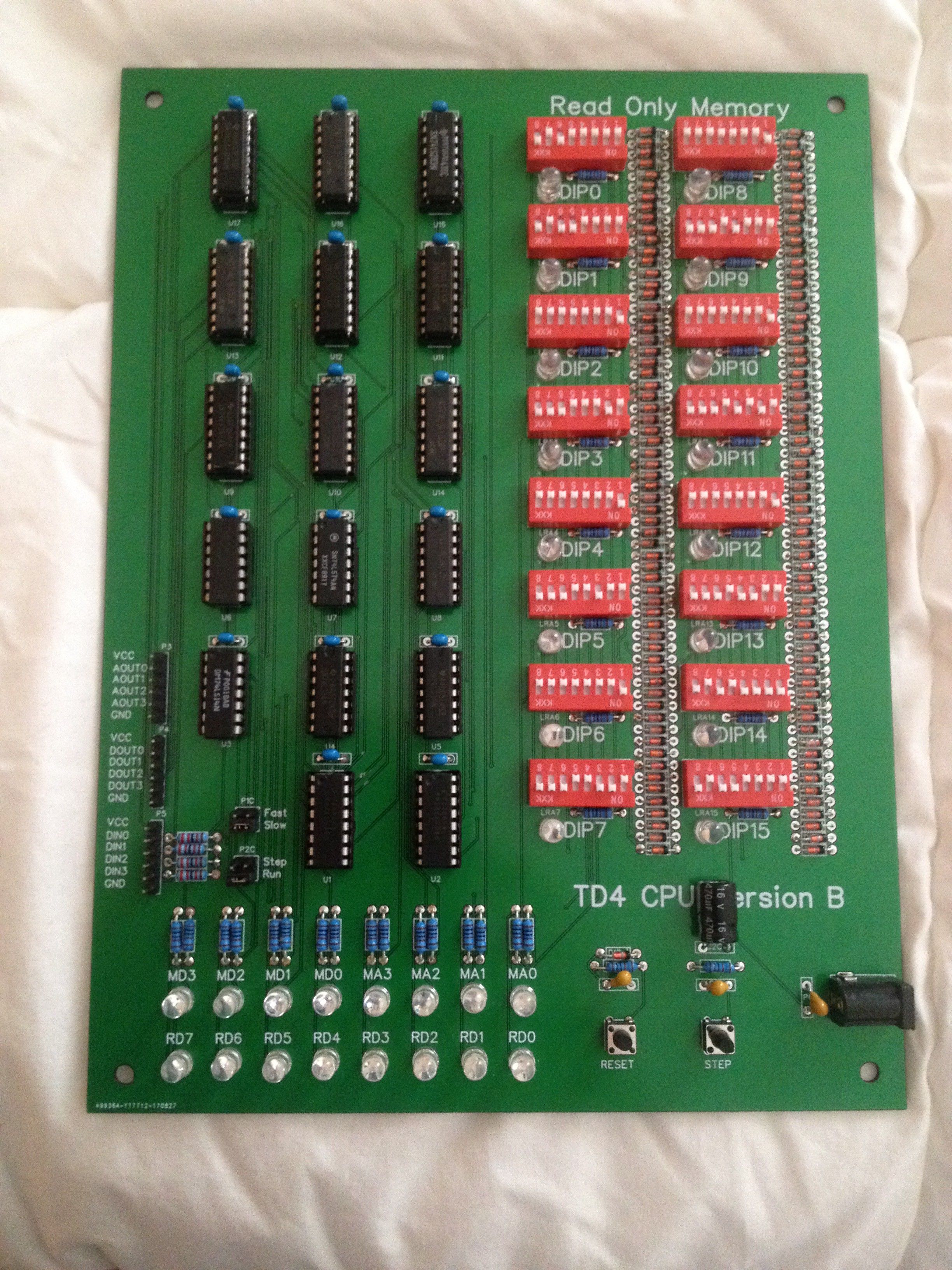
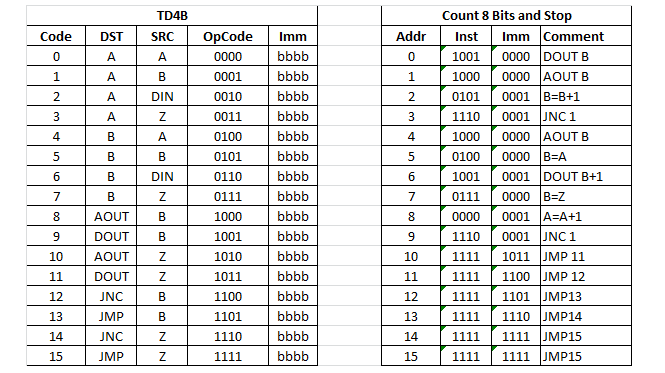
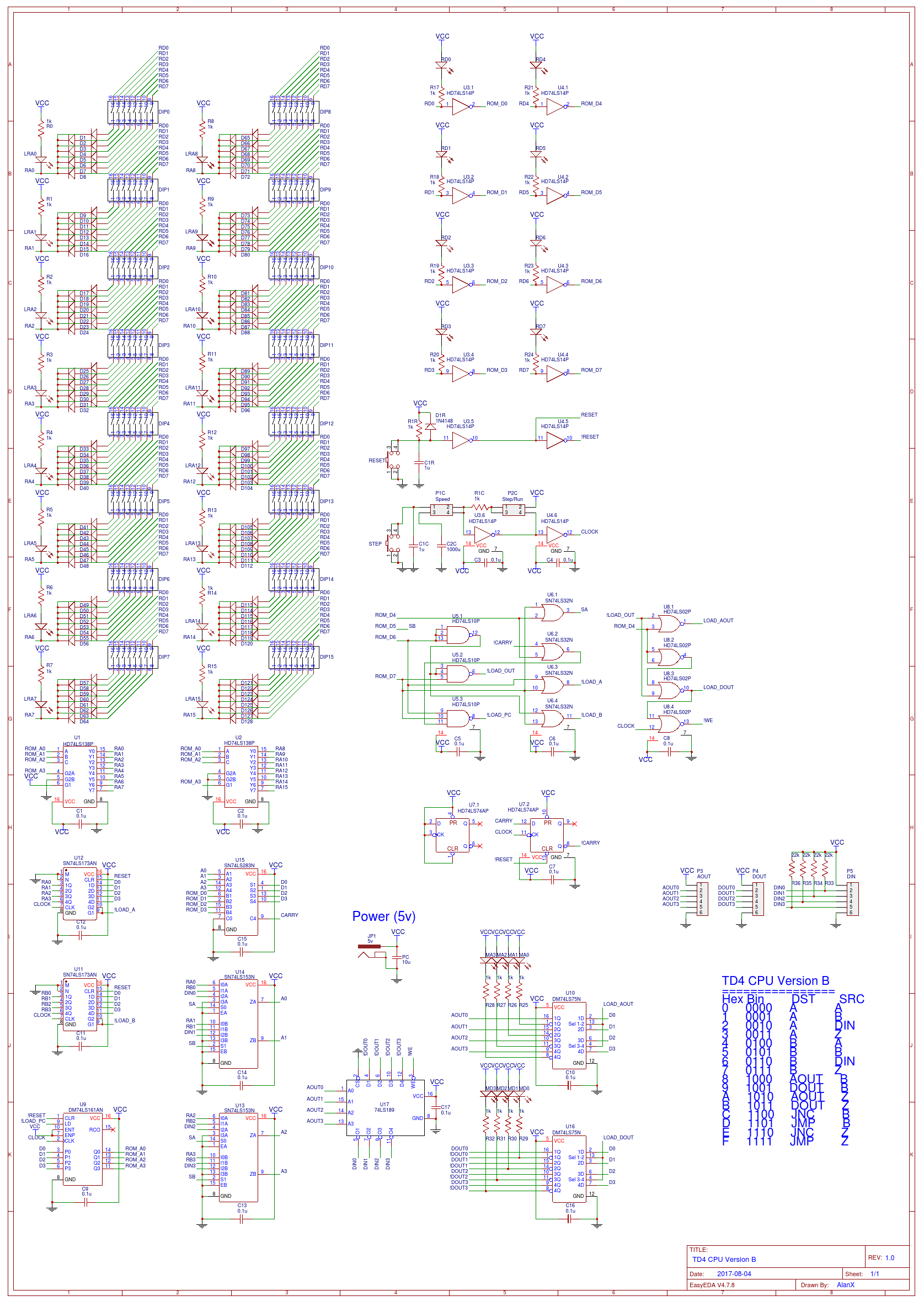
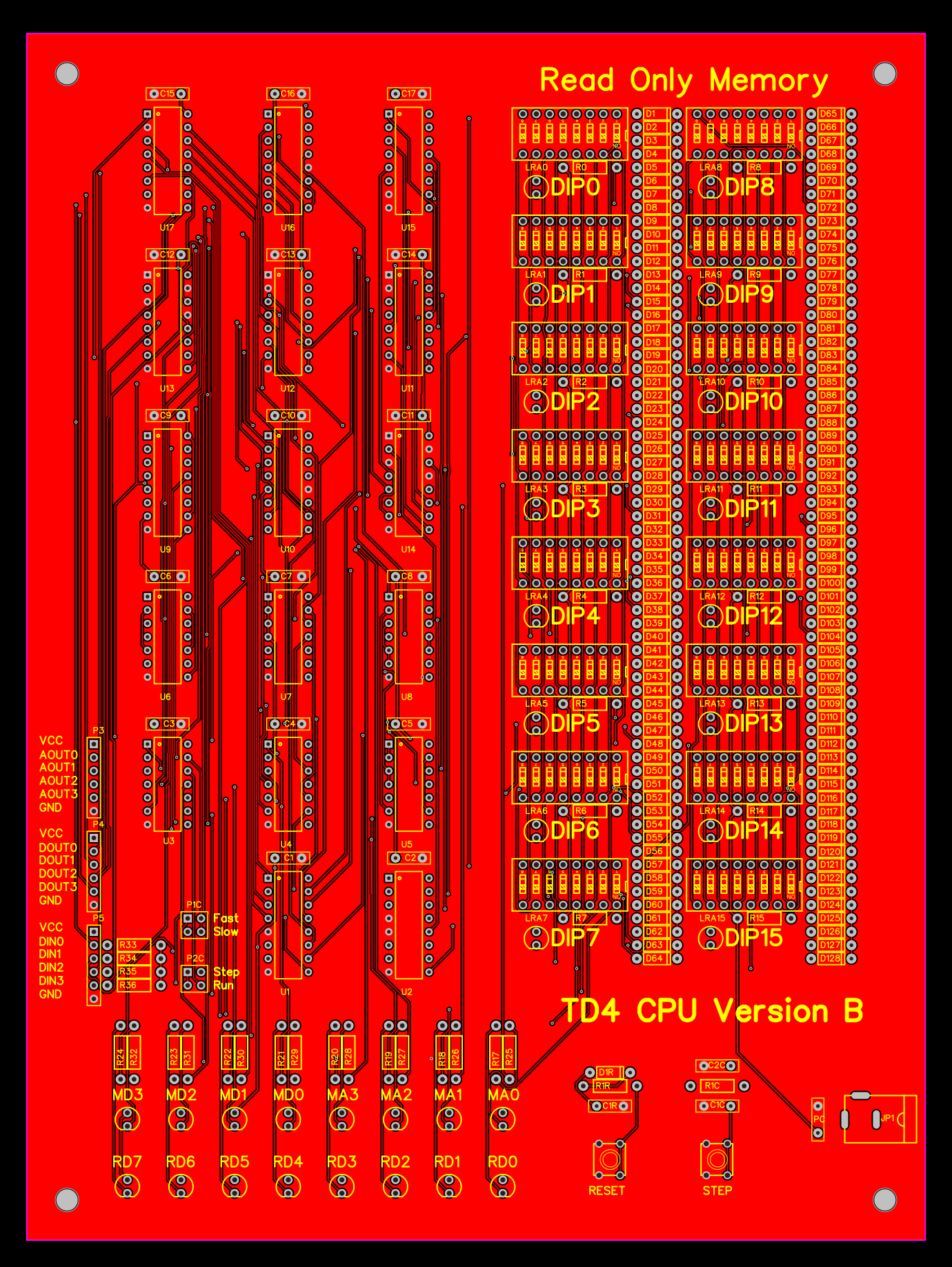
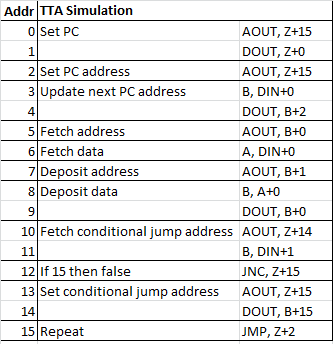


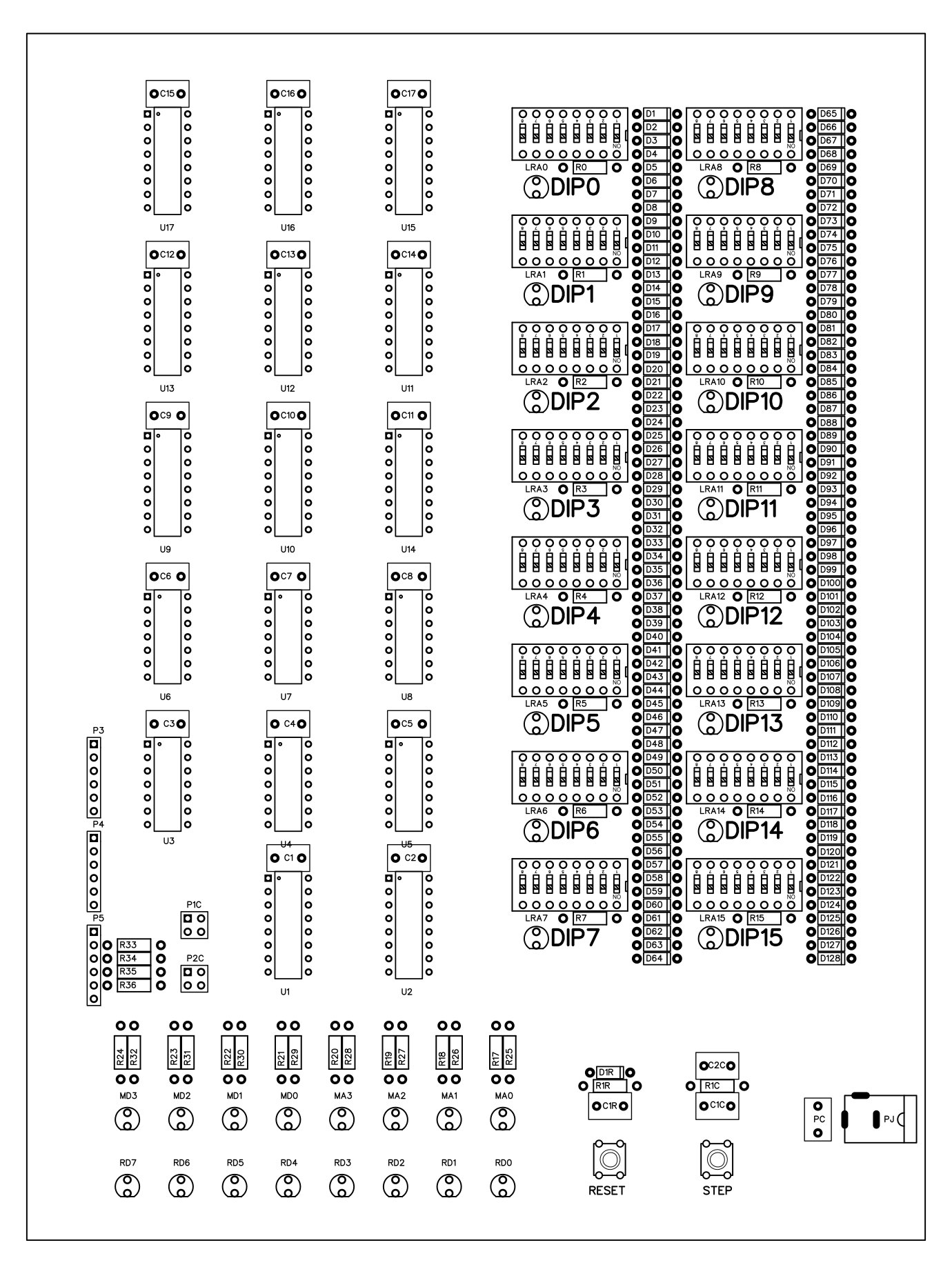
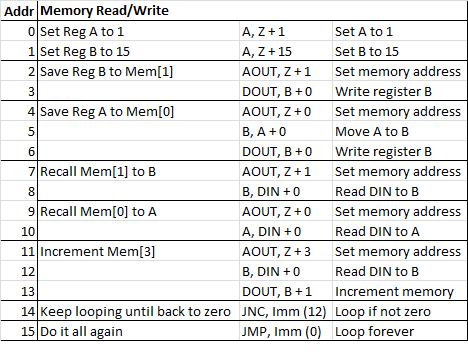
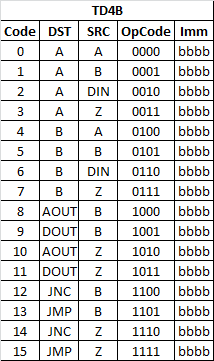
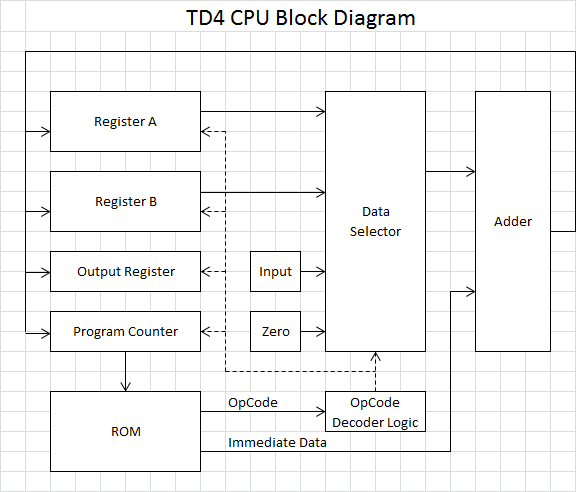

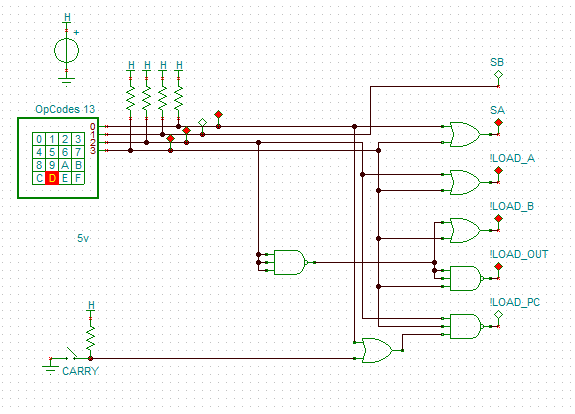
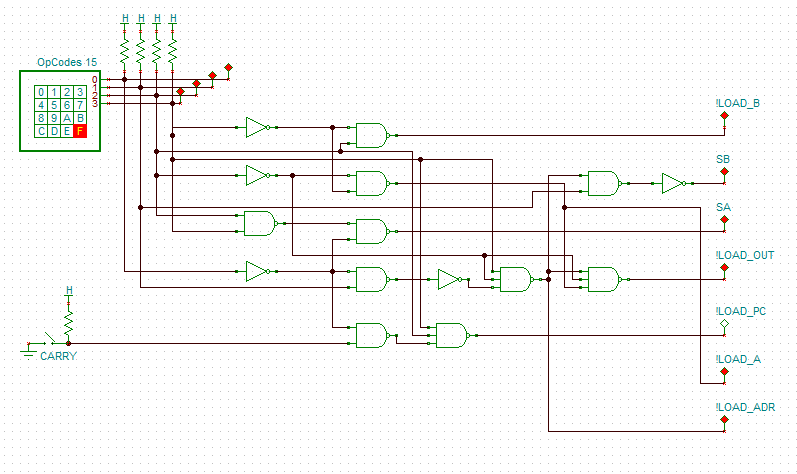
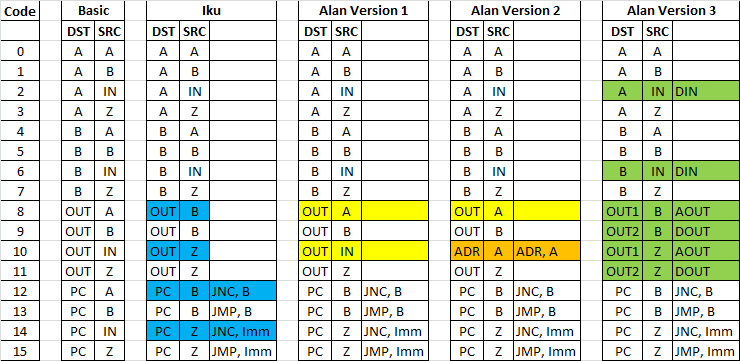

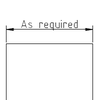





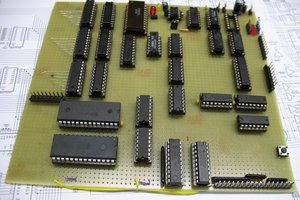
 jaromir.sukuba
jaromir.sukuba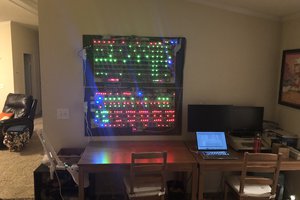
 spudfishScott
spudfishScott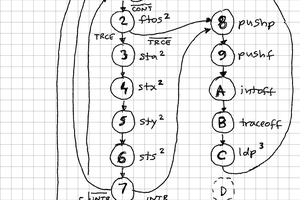
 zpekic
zpekic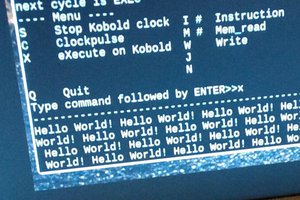
Yea the clock and reset lines are swapped, a correction on that would be nice.